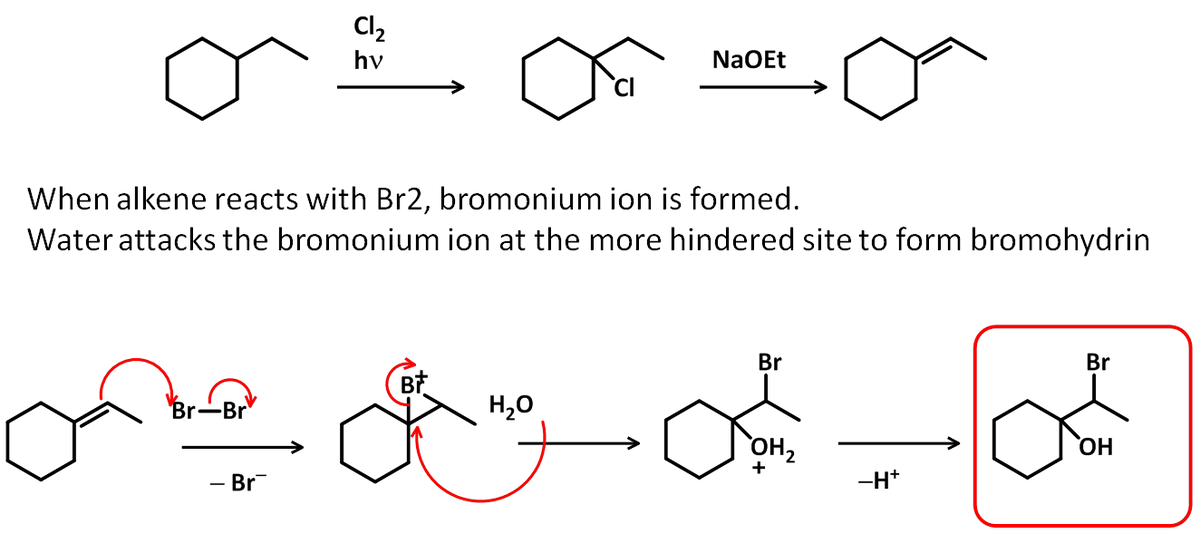6. For the following synthesis schemes, fill in the missing molecules. Note, you do not understand all of this chemistry yet, but soon you will and then you will be responsible for the entire sequence of synthetic reactions! Even if you have not seen all the chemistry, please take a moment to see what kind of transformations are occuring in each step of the synthesis. ► B) Cl₂ hv | Cl₂ ? NaOEt (E2) 2 NaNH, Br₂ / H₂O H₂ Lindlar's catalyst
Analyzing Infrared Spectra
The electromagnetic radiation or frequency is classified into radio-waves, micro-waves, infrared, visible, ultraviolet, X-rays and gamma rays. The infrared spectra emission refers to the portion between the visible and the microwave areas of electromagnetic spectrum. This spectral area is usually divided into three parts, near infrared (14,290 – 4000 cm-1), mid infrared (4000 – 400 cm-1), and far infrared (700 – 200 cm-1), respectively. The number set is the number of the wave (cm-1).
IR Spectrum Of Cyclohexanone
It is the analysis of the structure of cyclohexaone using IR data interpretation.
IR Spectrum Of Anisole
Interpretation of anisole using IR spectrum obtained from IR analysis.
IR Spectroscopy
Infrared (IR) or vibrational spectroscopy is a method used for analyzing the particle's vibratory transformations. This is one of the very popular spectroscopic approaches employed by inorganic as well as organic laboratories because it is helpful in evaluating and distinguishing the frameworks of the molecules. The infra-red spectroscopy process or procedure is carried out using a tool called an infrared spectrometer to obtain an infrared spectral (or spectrophotometer).
For the following synthesis schemes, fill in the missing molecules. Note, you do not understand all of this chemistry yet, but soon you will and then you will be responsible for the entire sequence of synthetic reactions! Even if you have not seen all the chemistry, please take a moment to see what kind of transformations are occuring in each step of the synthesis.


Trending now
This is a popular solution!
Step by step
Solved in 2 steps with 2 images









